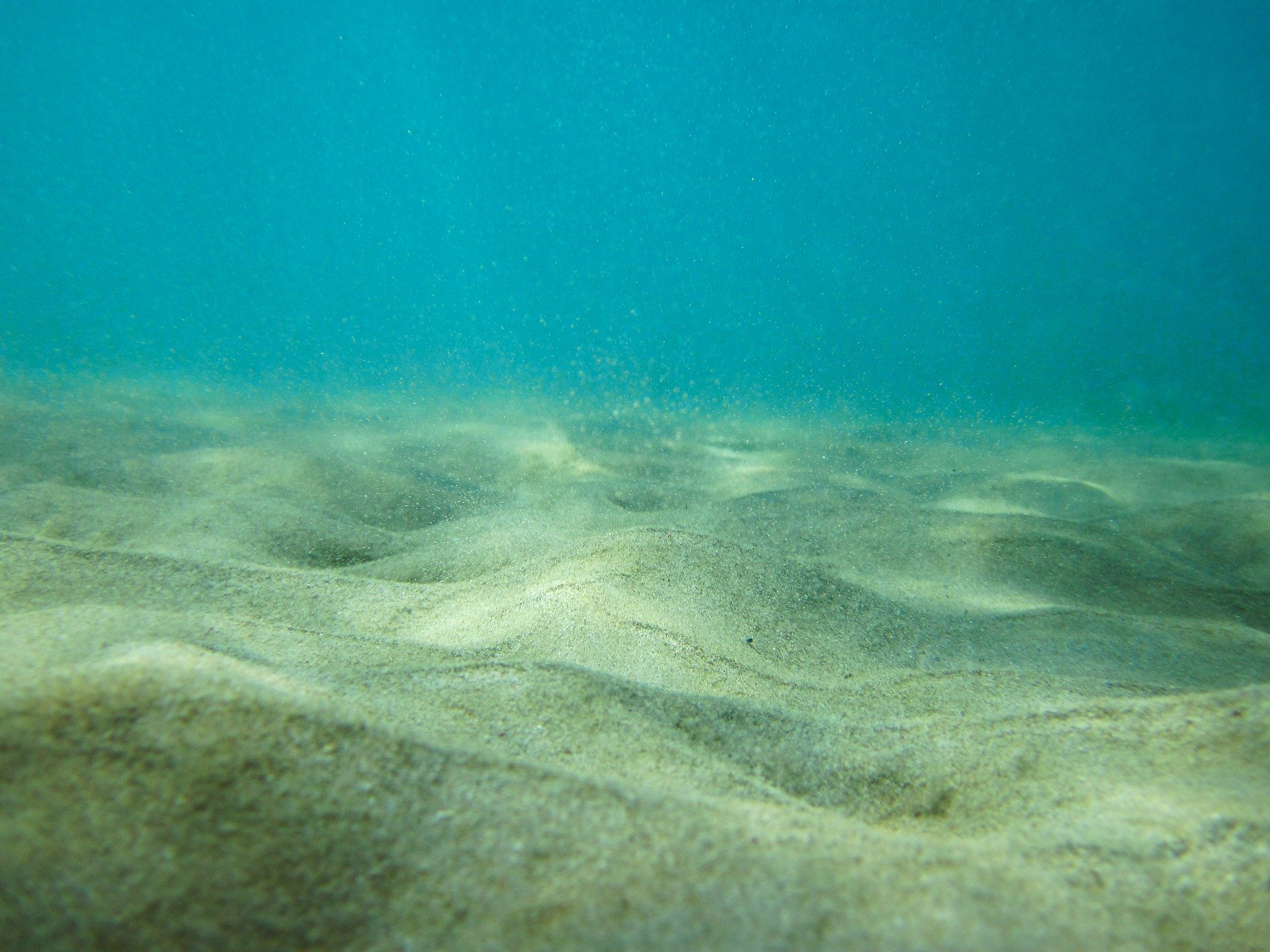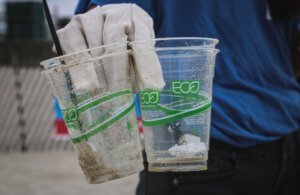Plastic sources and ocean circulation affecting the Tyrrhenian Sea. (Credit: science.sciencemag.org)
A group of scientists and researchers from the UK, Germany and France have shown that “thermohaline-driven currents can control the distribution of microplastics by creating hotspots of accumulation, analogous to their role in causing focused areas of seafloor sediment deposition.”
With 190 pieces per 50 grams, those hotspots have the highest concentrations reported for any seafloor setting.
An estimated 10 million tonnes of plastic enter the global ocean each year causing also the infamous oceanic gyres called “garbage patches”. However, “sea surface accumulations only account for ~1% of the estimated global marine plastic budget. Most of the remaining 99% of plastic ends up in the deep sea”, states the report on science.sciencemag.org. An estimated 13.5% of the marine plastic budget occurs as microplastics: tiny fragments, less than 1mm in size, and fibers that originate as manufactured particles or are derived from synthetic textiles or the breakdown of larger plastic debris.
“Owing to their small size, microplastics can be ingested by organisms across all trophic levels, enabling transfer of harmful toxic substances. Therefore, determining where microplastics accumulate and their availability for incorporation into the food chain is fundamental to understanding threats to globally important deep-seafloor ecosystems.”










